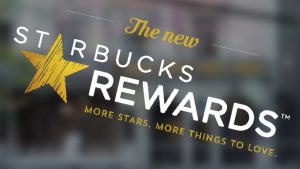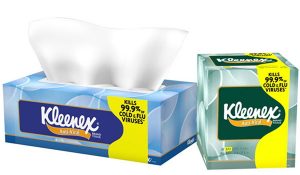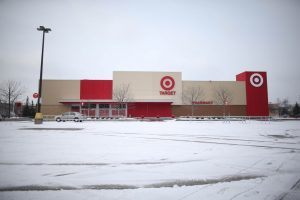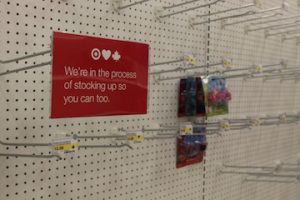Golden Stars
Switching costs. A cost that most of us never consider when buying something but so important to companies. How are companies able to win us over and retain us? A few companies have figured out this magical formula out and by doing so, have become industry behemoths.
A great example of an industry behemoth is outlined in my classmates Zain Ali’s blog, “Apple Using Proprietary Technology to Maximize Profit”. In his blog, h e mentions that Apple uses proprietary technology to their advantage. By having a completely different software, charger, applications, Apple has created an ecosystem that revolves around themselves. The underlying point here is that the switching cost is very high. Once people are in Apple’s eco-system it’s hard to leave because of the different software, charger and applications. Companies that can create high switching costs are more likely to generate more profits because of the “locked in” customer.
e mentions that Apple uses proprietary technology to their advantage. By having a completely different software, charger, applications, Apple has created an ecosystem that revolves around themselves. The underlying point here is that the switching cost is very high. Once people are in Apple’s eco-system it’s hard to leave because of the different software, charger and applications. Companies that can create high switching costs are more likely to generate more profits because of the “locked in” customer.
Another company that has created high switching costs for themselves is Starbucks. Over the years, Starbucks has not only differentiated themselves from the rest of the industry by making specialty drinks, they have also created a loyalty program that “locks in” customers. Through the collection of stars, customers can redeem free drinks and food. Furthermore, Starbucks has their own online app where customers can pay through their own phone using money preloaded on their Starbucks app. Customers can also skip the wait of the line by ordering their drinks on the app. With the introduction of the Starbucks app, customers who are in the Starbucks ecosystem find it hard to leave because of what they’ve already invested into the Starbucks ecosystem. Customers who have alternative options are faced with a dilemma. Are they willing to pursue the cheaper/better option and forgo all the stars they accrued over the months or are they willing to cough up the additional thirty cents to maintain the benefits they are currently enjoying with Starbucks? More often then not, customers choose the later. Customers choose the later because Starbucks has been able to create high switching costs for themselves.
preloaded on their Starbucks app. Customers can also skip the wait of the line by ordering their drinks on the app. With the introduction of the Starbucks app, customers who are in the Starbucks ecosystem find it hard to leave because of what they’ve already invested into the Starbucks ecosystem. Customers who have alternative options are faced with a dilemma. Are they willing to pursue the cheaper/better option and forgo all the stars they accrued over the months or are they willing to cough up the additional thirty cents to maintain the benefits they are currently enjoying with Starbucks? More often then not, customers choose the later. Customers choose the later because Starbucks has been able to create high switching costs for themselves.
There is a positive correlation between switching costs and profit. Because companies can retain their customers, companies have the leverage in a typical consumer market. Therefore, when determining a company’s success, high switching costs are usually a part of the equation. Apple and Starbucks are just two prime examples of companies that have been able to create high switching costs for themselves.
Word count: 407
Greenberg, A., Barrett, B., Moynihan, T., McHugh, M., Hempel, J., & Pierce, D. (2016). The FBI Now Says It May Crack That iPhone Without Apple’s Help.WIRED. Retrieved 30 October 2016, from https://www.wired.com/2016/03/fbi-now-says-may-crack-iphone-without-apples-help/
High Switching Costs. (2016).News.morningstar.com. Retrieved 25 October 2016, from https://news.morningstar.com/classroom2/course.asp?docId=144752&page=4&CN=

 However, like my peer Claire Lee indicated in her blog, “
However, like my peer Claire Lee indicated in her blog, “

